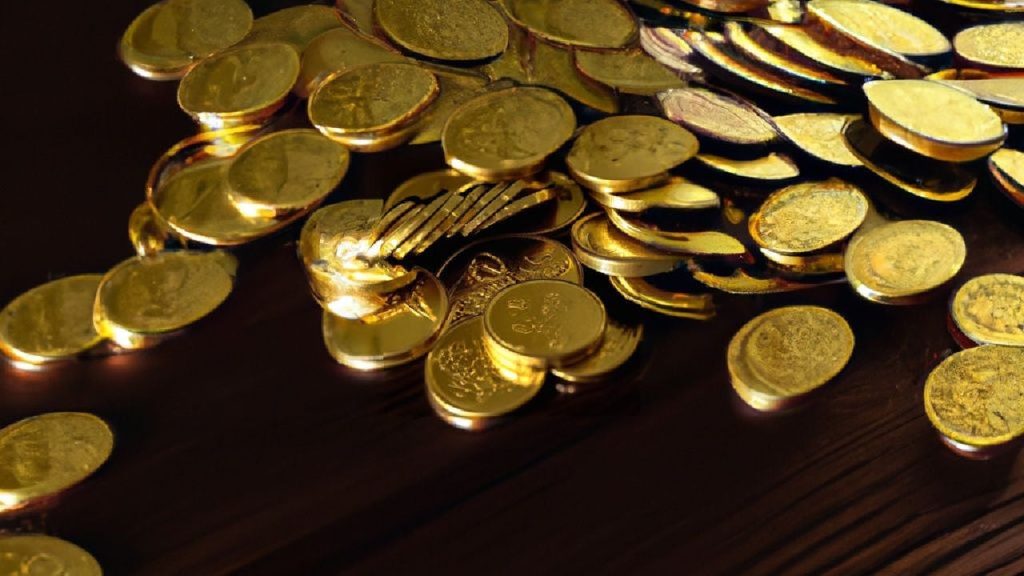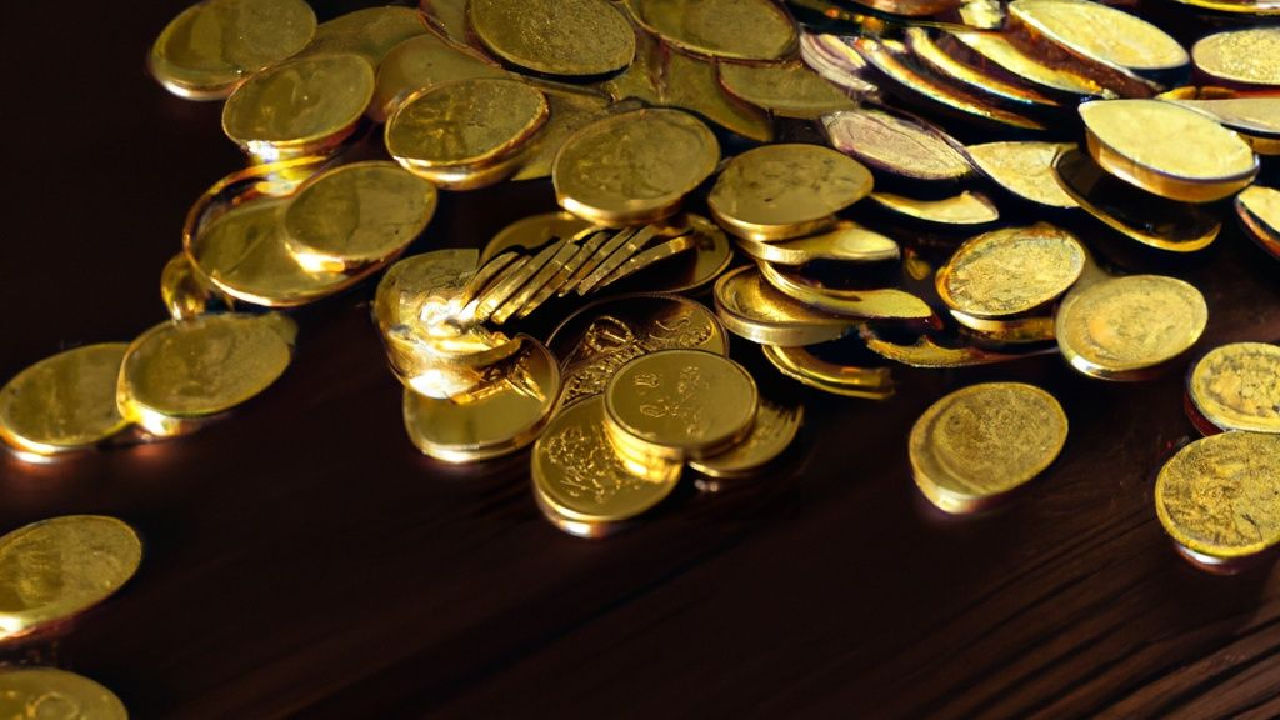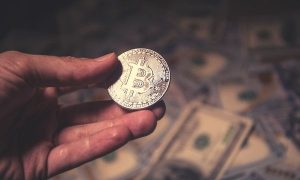Central Bank’s Gold Purchases Make ‘Record Breaking Start’ in Q1 2023; 228.4 Tonnes Added to World Reserves – Economics Bitcoin News

[ad_1]

Central banks have continued to consistently purchase gold during the first quarter of 2023, according to the latest report of the World Gold Council (WGC), the global gold statistics organization. Central banks added nearly 230 tonnes of gold to their national reserves, representing a 176% rise compared to the purchases made in Q1 2022.
World Gold Council Registers Strong Gold Demand From Central Banks
Central banks have registered a strong demand for gold during the first quarter of the year, according to the latest report of the World Gold Council (WGC), which keeps global statistics on gold production and demand. According to its Gold Demand Trends report, central banks kept buying gold consistently, adding nearly 230 tonnes during Q1 2023. This represents a rise of 176% over what these institutions purchased in Q1 2022, signaling strong demand.
However, when compared to the numbers from the last quarter, central banks and other institutions reduced their demand significantly, with these institutions purchasing 150.2 tonnes of gold less.
Although the WGC states that limited information and delayed reporting make it very difficult to really predict if gold demand will rise or subside this year, it remains positive in its outcome stating that “intentions have consistently been a leading indicator for buying over the last few years and our central bank surveys suggest little change to the positive trend.”
Singapore and China Led Purchases
Four institutions concentrated most of the gold purchases during the quarter, according to the WGC report. The Monetary Authority of Singapore reported a rise of 69 tonnes, with its reserves reaching 222 tonnes, registering an increase of 45% quarter over quarter. The second place goes to China, with the People’s Bank of China (PBOC) registering purchases for 120 tonnes. With these additions, China’s gold reserve reached 2,068 tonnes.
China has been consistently buying gold since November, adding 102 tons to its reserves during a period of five months. In March, the PBOC reported purchases of 18 tons. Turkey was another of the countries that purchased the most gold during Q1, adding 45 tonnes but also selling 15 to its internal market after a temporary gold import ban, leaving its reserves at 572 tonnes, representing more than 30% of its central bank reserves. India also purchased 7 tonnes of gold during Q1, registering a national gold reserve of 795 tonnes.
What do you think about the latest report of the World Gold Council on gold demand and how central banks keep purchasing gold for their reserves? Tell us in the comment section below.
Image Credits: Shutterstock, Pixabay, Wiki Commons
Disclaimer: This article is for informational purposes only. It is not a direct offer or solicitation of an offer to buy or sell, or a recommendation or endorsement of any products, services, or companies. Bitcoin.com does not provide investment, tax, legal, or accounting advice. Neither the company nor the author is responsible, directly or indirectly, for any damage or loss caused or alleged to be caused by or in connection with the use of or reliance on any content, goods or services mentioned in this article.
[ad_2]
Source link









